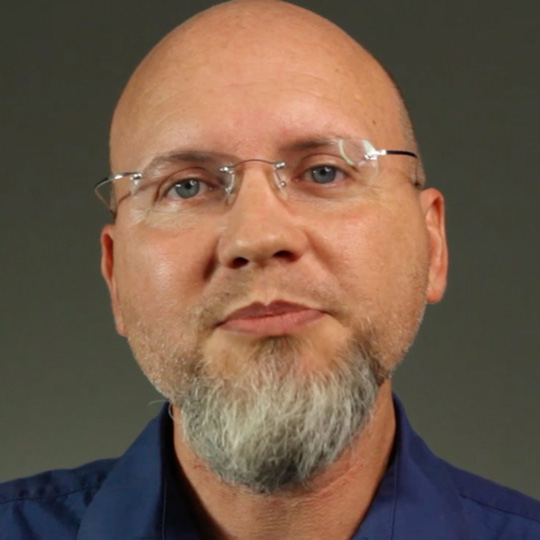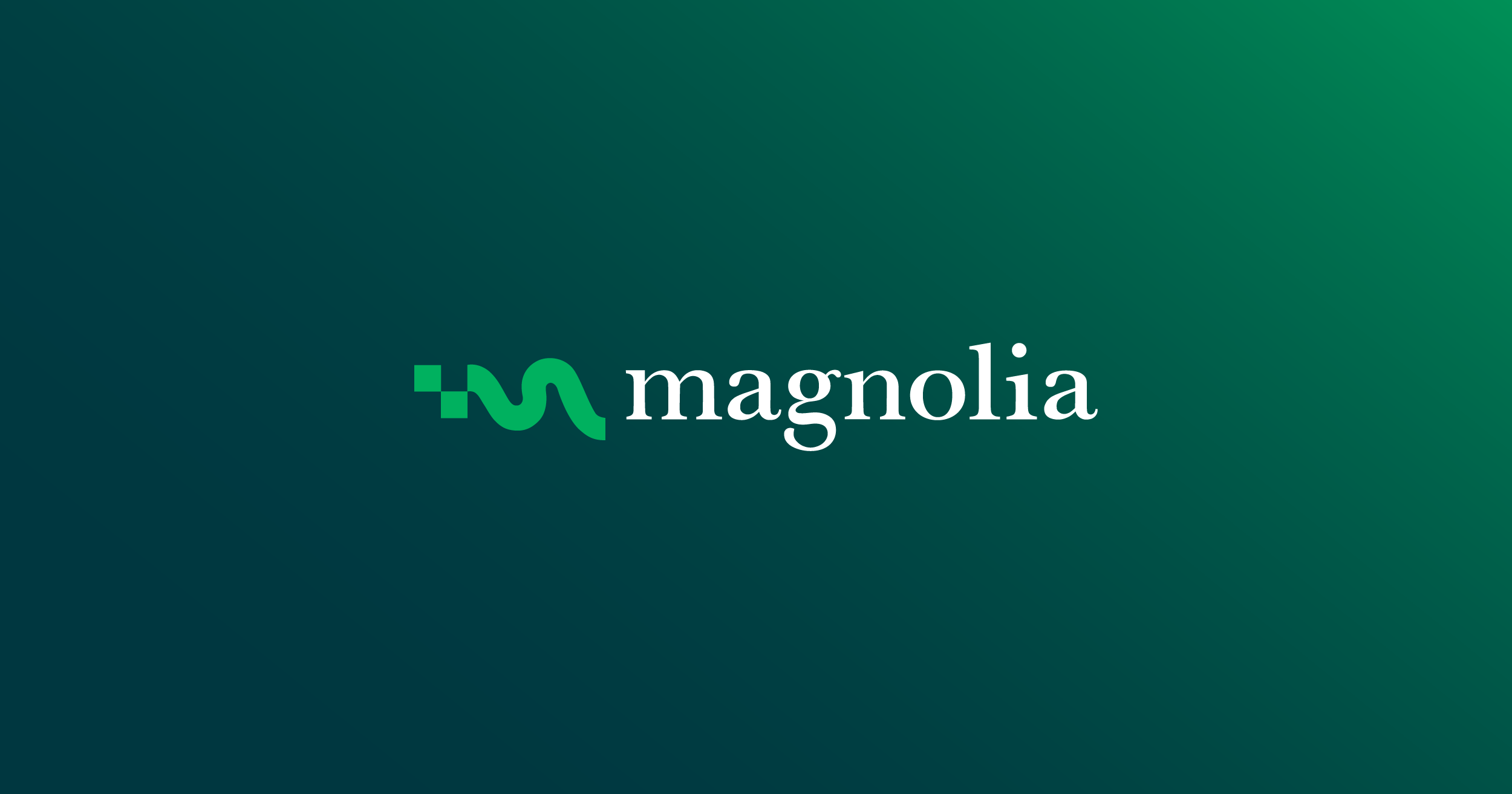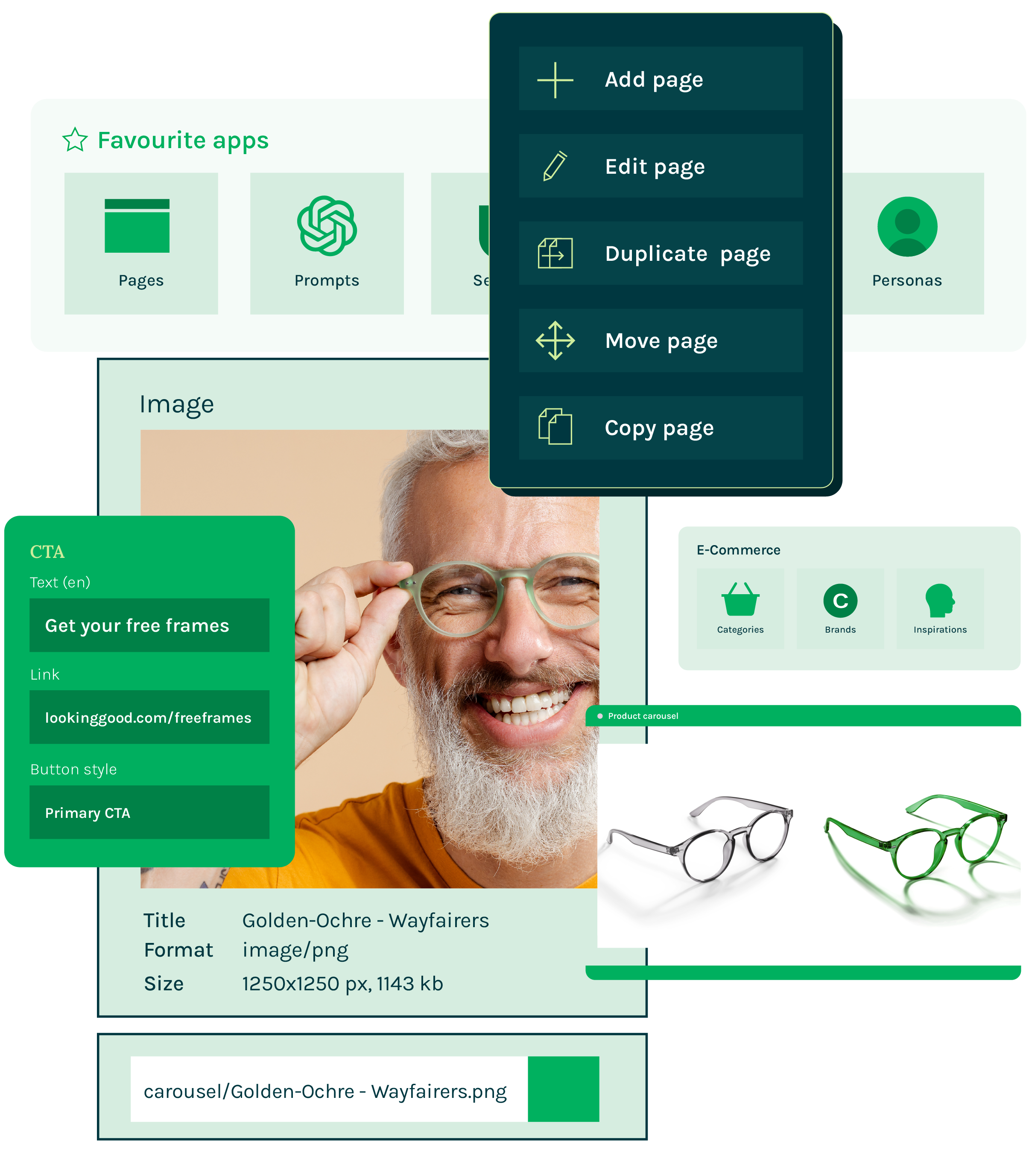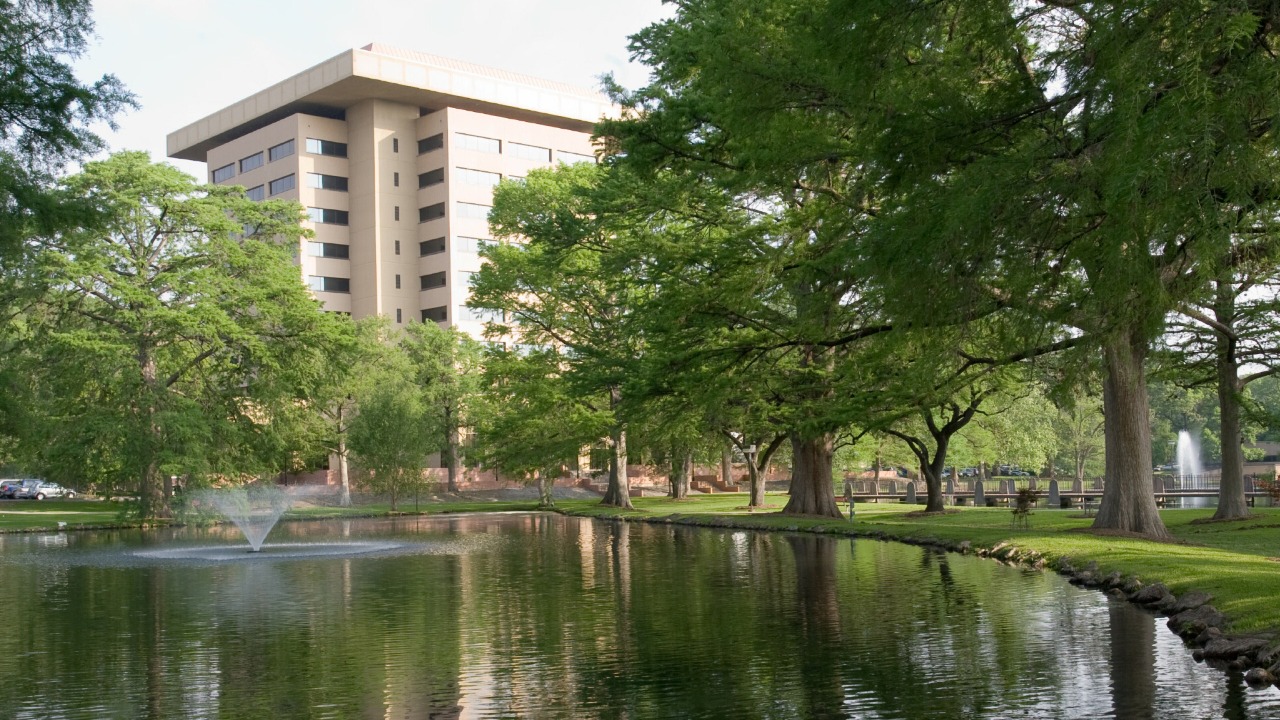
A unified web presence that's easy to use and maintain
Texas State University is one of the largest educational institutions in the United States, with more than 34,000 students from around the globe. The university is ranked among America’s Best Colleges, and is committed to public service as a resource for personal, educational and economic development. The university offers its students and staff extensive information and helpful materials through its website.
The university had invested in a proprietary CMS implementation to unify its web presence. However, two years later, the system had failed. The university implemented Magnolia for over 300 websites, allowing it to achieve a unified digital presence through a system that proved to be scalable, easy to use, and easy to maintain. What’s more: Magnolia helped Texas State University reduce its annual CMS costs.
Highlights
The Challenge
The Challenge
Turning failure into success
A failed CMS implementation over two years previously had left everybody – the management, web team and the users – frustrated. The university was running about 250 websites which were built, hosted and managed individually by departments and other entities within the university. Each site looked and worked differently. Coordinating all the webmasters was nearly impossible. Updating the content of all websites - one at a time - was inefficient and time-consuming. Access to support was decentralized, which resulted in additional cost. The university had managed to get only a dozen of the 250 unique sites into the CMS system, and still had stale content and unhappy users.
Texas State University needed to replace its failed system. The alternative should scale out to all websites of the university’s departments and organizations. It needed an efficient, easy-to-use content management system that could help them re-use content across the various sites. With about 300 content authors, the university aimed to integrate the CMS with its LDAP directory server as the central authentication hub.
The university wanted to unify the branding, functionality and look-and-feel of its different websites. This would help visitors to instantly recognize the multiple sites as parts of Texas State University.
The Solution
The Solution
An incremental implementation for Magnolia
The university’s in-house web team decided to implement Magnolia by incremental deployment. Each month, the team added new features to Magnolia and built a number of nifty add-ons. These include a custom Apache cache and templates that output micro-formats for events.
This deployment strategy allowed Texas State University to steadily improve the system and pay attention to users’ feedback. In just a few months, the first new departmental website was up and running. It quickly gained very positive feedback from its users, which made it easy to roll out the solution to further departments. The project team also trained the users on Magnolia processes and operation, which allowed them to get direct feedback concerning usability.
The Result
The Result
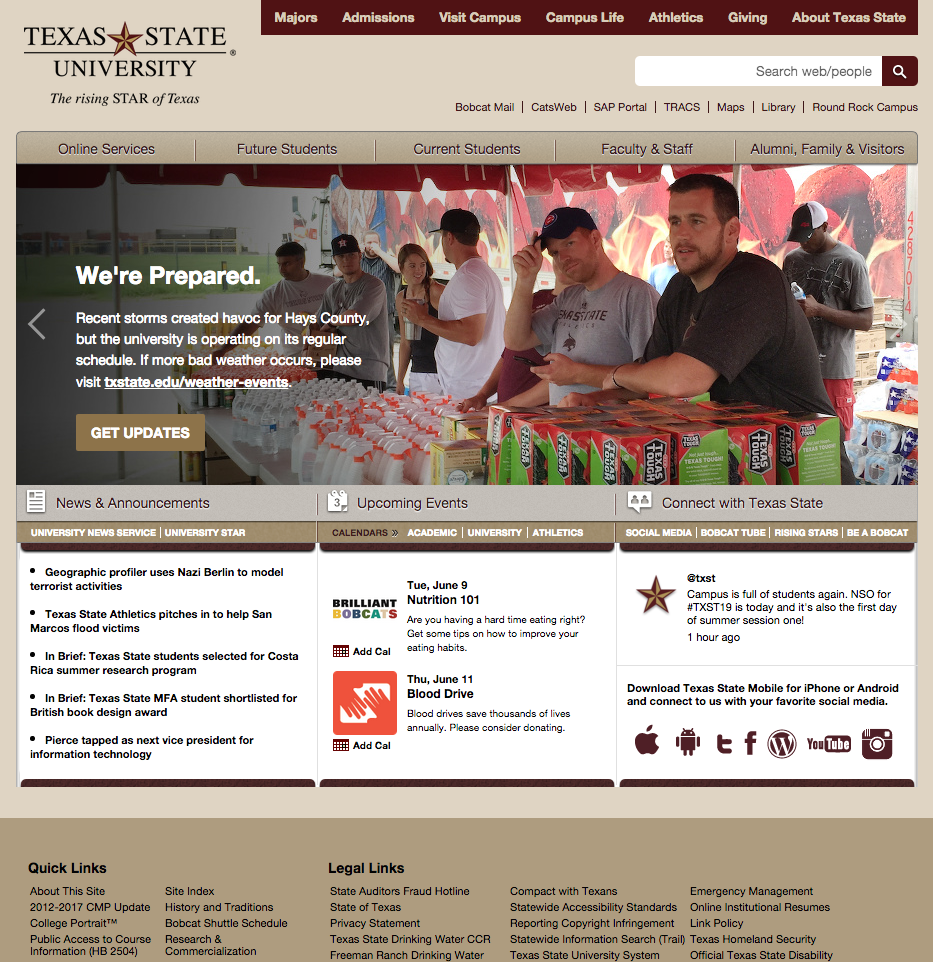
A unified Internet presence and reduced annual costs
Magnolia enabled Texas State University to achieve a unified Internet presence through a system that is scalable, easy to use, and easy to maintain. About 350 websites were moved to the new Magnolia infrastructure, across departments, colleges and university organizations. At the same, the university was able to reduce its annual CMS costs.
The university particularly likes the LDAP login module of Magnolia for its easy integration with its authentication architecture. This has saved users the hassle of remembering another login and reduces the management of login credentials. In addition, Magnolia provides a lot of extension points. This allowed the university to integrate Magnolia with legacy systems like the university’s web calendar.

“We were initially attracted by Magnolia's rich out-of-the-box functionality and the ease with which it could be customized but were also pleasantly surprised by its performance, which allowed us to use fewer server boxes and still have a more responsive system. The operational benefits of Magnolia have been tremendous. Its focus on simplicity and ease of use has quickly won over our users as well. After using Magnolia for three years, we are still very happy with it.”

